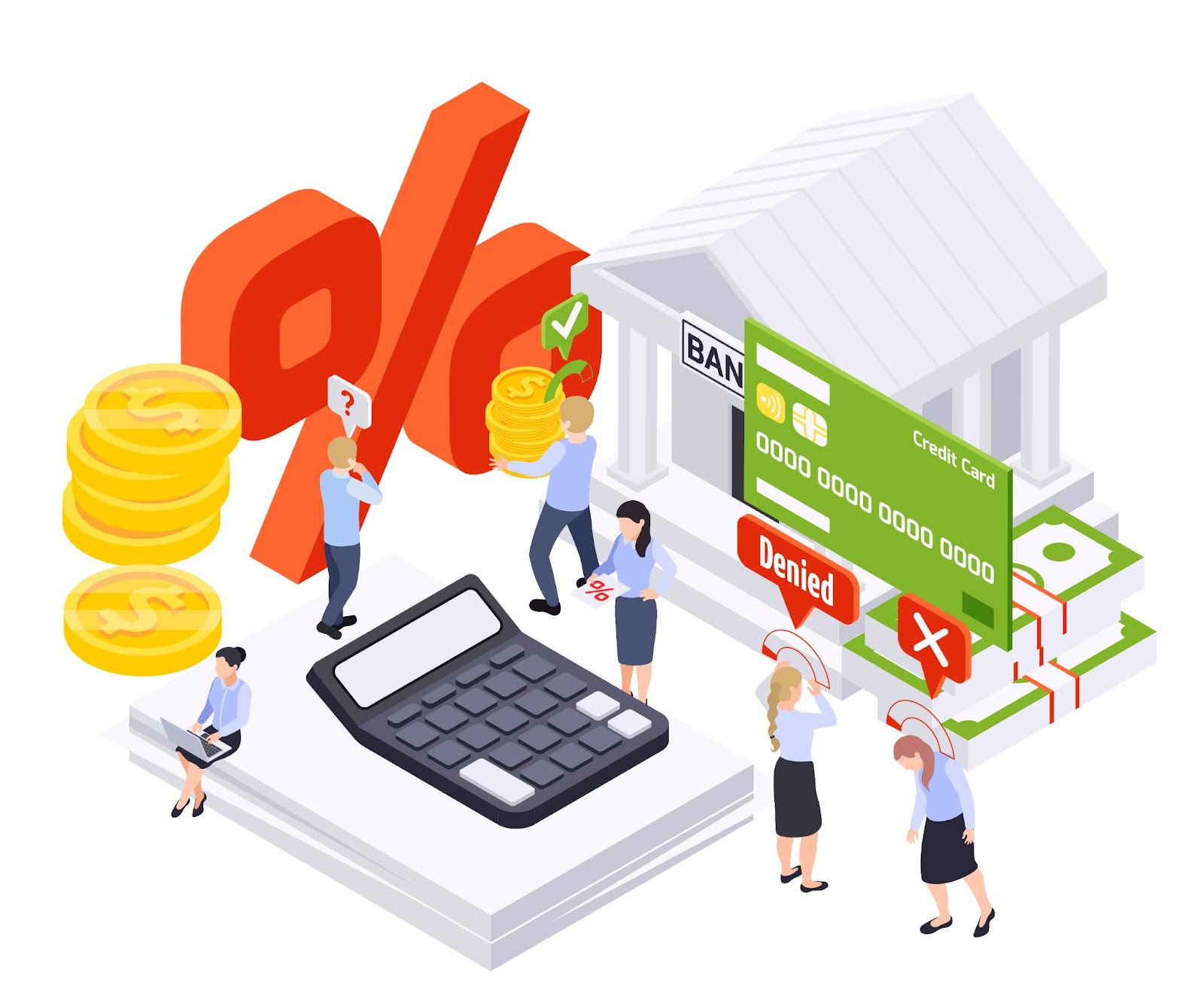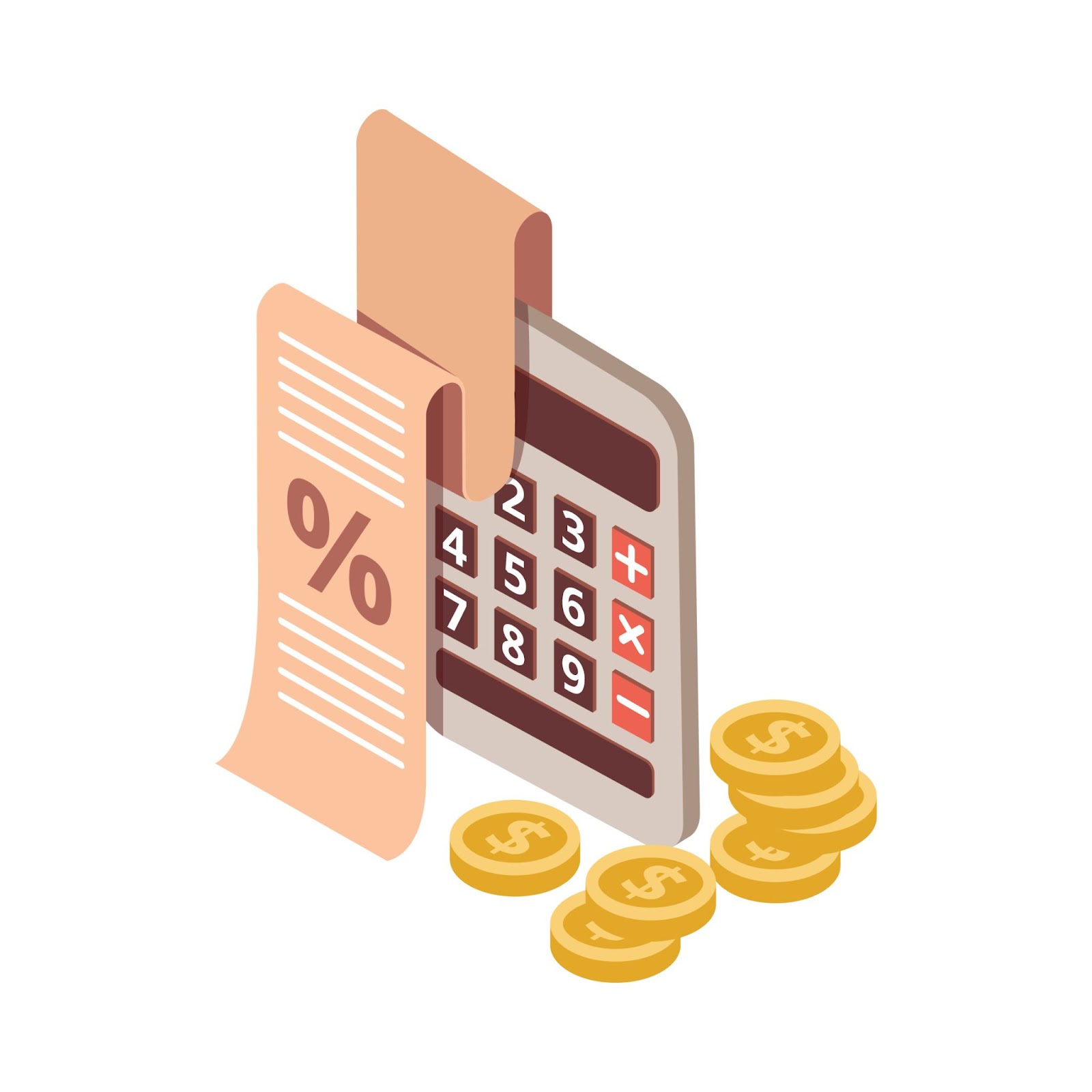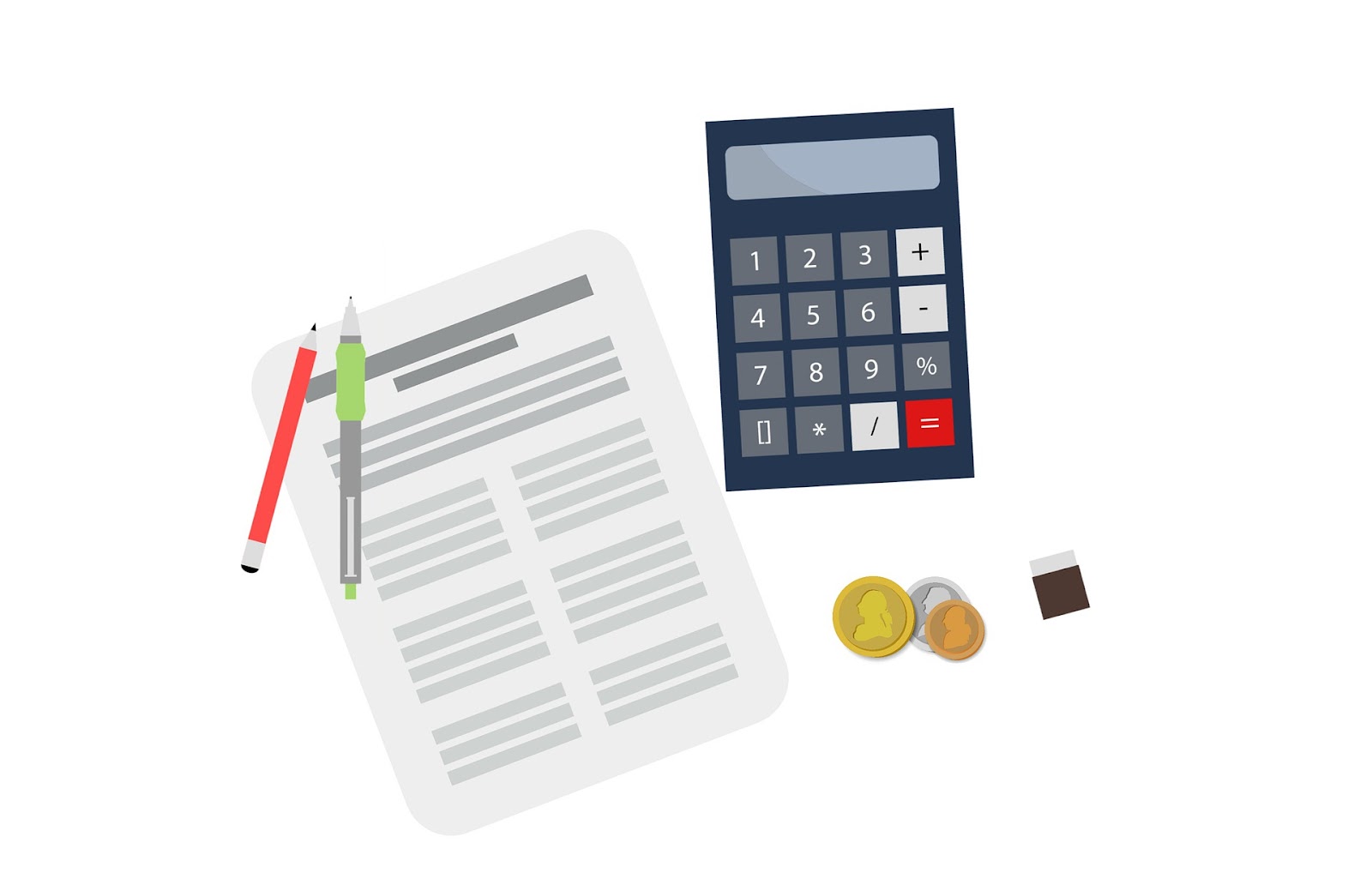Do you understand credit and loans? What can a loan be secured with? And how do you look at collateral from the other side - when you invest in loans? Read more.
A loan is a financial service where one party provides another party with temporarily missing funds. The other party then repays the funds at a certain date under agreed conditions, paying interest on top of the original amount owed.
The Civil Code distinguishes between a loan and a credit. The fundamental difference between a loan and a credit is a legal one, since a credit does not necessarily have to be monetary, does not have to bear interest, and can be concluded for an indefinite period of time.

Don’t confuse concepts with impressions! Here are the very basic ones that you probably know, or definitely should know, to read on.
By securing the loan, the lender is securing against loss in case the borrower is unable to repay the loan for any reason.
The first thing that precedes the whole process of borrowing money is usually a credit check, i.e., a check on the prospective borrower’s ability to repay the loan. The borrower’s income and expenses are checked, as well as how they meet their other financial obligations. The credit check, but also the correct limitation of the loan amount and the diversification of the risk, can, in themselves, prevent future complications and are, therefore, among the most important factors for loan approval.
If the loan amount is larger or the loan is otherwise risky, then the lender requires additional provisions in case the future borrower stops repaying. This is where the security for the loan comes in.
As explained clearly on the European Central Bank’s website, collateral is an item of a certain value that the lender can withdraw from the borrower if the borrower fails to repay the loan according to the agreed terms. A typical example is a mortgage, where the bank asks you to provide the relevant property as collateral. This means that if you default on the mortgage, the bank will foreclose on the mortgage and sell the property to recover the money it has lent you. Generally, the collateral serves as a guarantee that the lender (not just the bank) will get back the amount borrowed, even if the borrower does not repay their debt.


Other forms of collateral for loans:

When you invest in loans, you become the one who earns the interest. Since every investment carries a certain risk of loss, the better the loan is secured, the better it is for you. Let’s take a look at the terms you may encounter:
A pawn loan is a short-term loan that is secured by a pledge of movable assets such as securities, jewelry, precious metals, or other commodities.
A balloon loan is defined by the way the debt is repaid. The most common is a loan repaid by annuity, a regular payment that includes both principal and interest payments. A balloon loan, on the other hand, means that the borrower makes regular interest payments but pays the principal in one lump sum (at most, together with the last payment). Because the principal does not depreciate over time, this method of financing is attractive to an investor because it can earn more money in interest in total at the same interest rate than an annuity.
Security in immovable property is attractive to investors if the lender has a lien on the property and the right of direct enforcement of the debt. The loan is better secured the lower the LTV. This indicates the amount of the loan compared to the value of the collateral. For example, a loan of CZK 6 million with an LTV of 60% says that the loan amount is 60% of the total value of the mortgaged property, which is worth CZK 10 million. This creates a 40% reserve in case, for example, the value of the property falls for any reason.
The RONDA INVEST platform uses this type of collateral. Thanks to the combination of a lien, enforceability, and low LTV, the level of collateral is high.
Mezzanine loan is riskier for investors. It means that the lender does not have a first lien on the property if something goes wrong. For example: a bank provided a mortgage loan to a borrower, but the borrower needed additional funds and obtained them from another non-bank institution. This non-banking institution offers to invest in the loan. If the borrower stops making payments, the bank, as the senior (main) lender, sells the secured property and covers its part of the outstanding loan first. If the fair value of the property does not cover the entire debt, there will be no funds left for the mezzanine lender or its investors to cover the losses.

(c) ilustration: Designed by Freepik and Pixabay
27. 5. 2024
I’ve got 100,000. What to invest in 2023?Yield
The return represents the amount of money you get for the capital invested. It indicates the difference between the final value of the investment and the capital employed.
p.a. means per annum, i.e. yield calculated on an annual basis.
Example:
You invest CZK 10,000 with a return of 10% p.a. We will pay you the income in a proportional amount every month, you will get a total of CZK 1,000 in income per year.
Maturity
The maturity date indicates the binding date by which the loan will be repaid and when your investment ends.
After this date, we will send the original invested amount to your account along with the last return.
Min. investment
The minimum investment indicates the lowest possible amount that can be invested in the project.
LTV
LTV = Loan to Value
(translated as “loan to value”)
LTV indicates the ratio of the property’s value to the loan’s value. The lower the LTV, the higher the collateral.
LTV calculation = loan amount / estimated market price × 100
Kynsperk nad Ohri
Yield
The return represents the amount of money you get for the capital invested. It indicates the difference between the final value of the investment and the capital employed.
p.a. means per annum, i.e. yield calculated on an annual basis.
Example:
You invest CZK 10,000 with a return of 10% p.a. We will pay you the income in a proportional amount every month, you will get a total of CZK 1,000 in income per year.
Maturity
The maturity date indicates the binding date by which the loan will be repaid and when your investment ends.
After this date, we will send the original invested amount to your account along with the last return.
Min. investment
The minimum investment indicates the lowest possible amount that can be invested in the project.
LTV
LTV = Loan to Value
(translated as “loan to value”)
LTV indicates the ratio of the property’s value to the loan’s value. The lower the LTV, the higher the collateral.
LTV calculation = loan amount / estimated market price × 100
Kolín
Yield
The return represents the amount of money you get for the capital invested. It indicates the difference between the final value of the investment and the capital employed.
p.a. means per annum, i.e. yield calculated on an annual basis.
Example:
You invest CZK 10,000 with a return of 10% p.a. We will pay you the income in a proportional amount every month, you will get a total of CZK 1,000 in income per year.
Maturity
The maturity date indicates the binding date by which the loan will be repaid and when your investment ends.
After this date, we will send the original invested amount to your account along with the last return.
Min. investment
The minimum investment indicates the lowest possible amount that can be invested in the project.
LTV
LTV = Loan to Value
(translated as “loan to value”)
LTV indicates the ratio of the property’s value to the loan’s value. The lower the LTV, the higher the collateral.
LTV calculation = loan amount / estimated market price × 100
Bratislava Koliba
The calculator calculation is based on a model example of a one-time repayment loan investment (full principal repayment at the end of the loan term). Returns are paid to investors monthly, and the calculator does not consider reinvestment. The actual performance of the investment may differ from the model example. It represents gross yield, subject to taxation. At RONDA INVEST, there are no entry fees or regular fees.